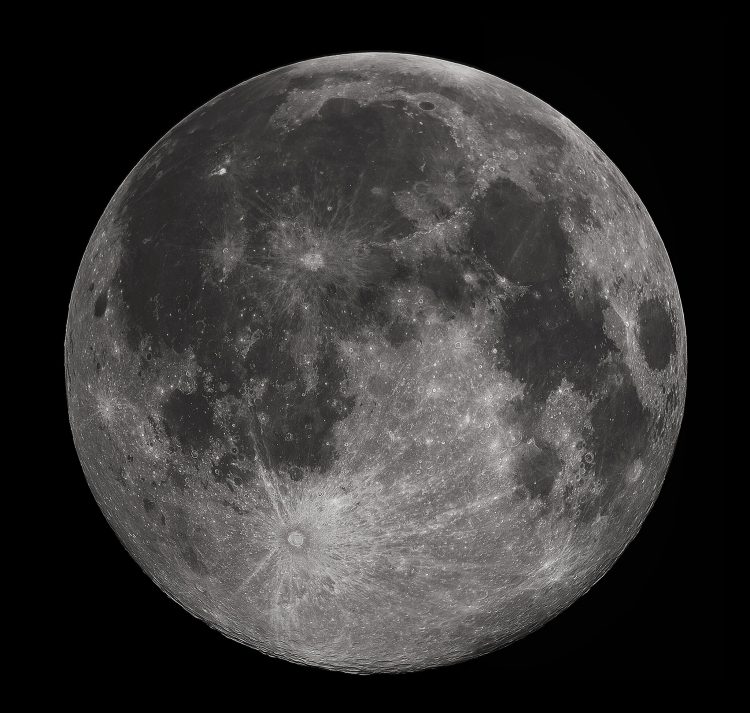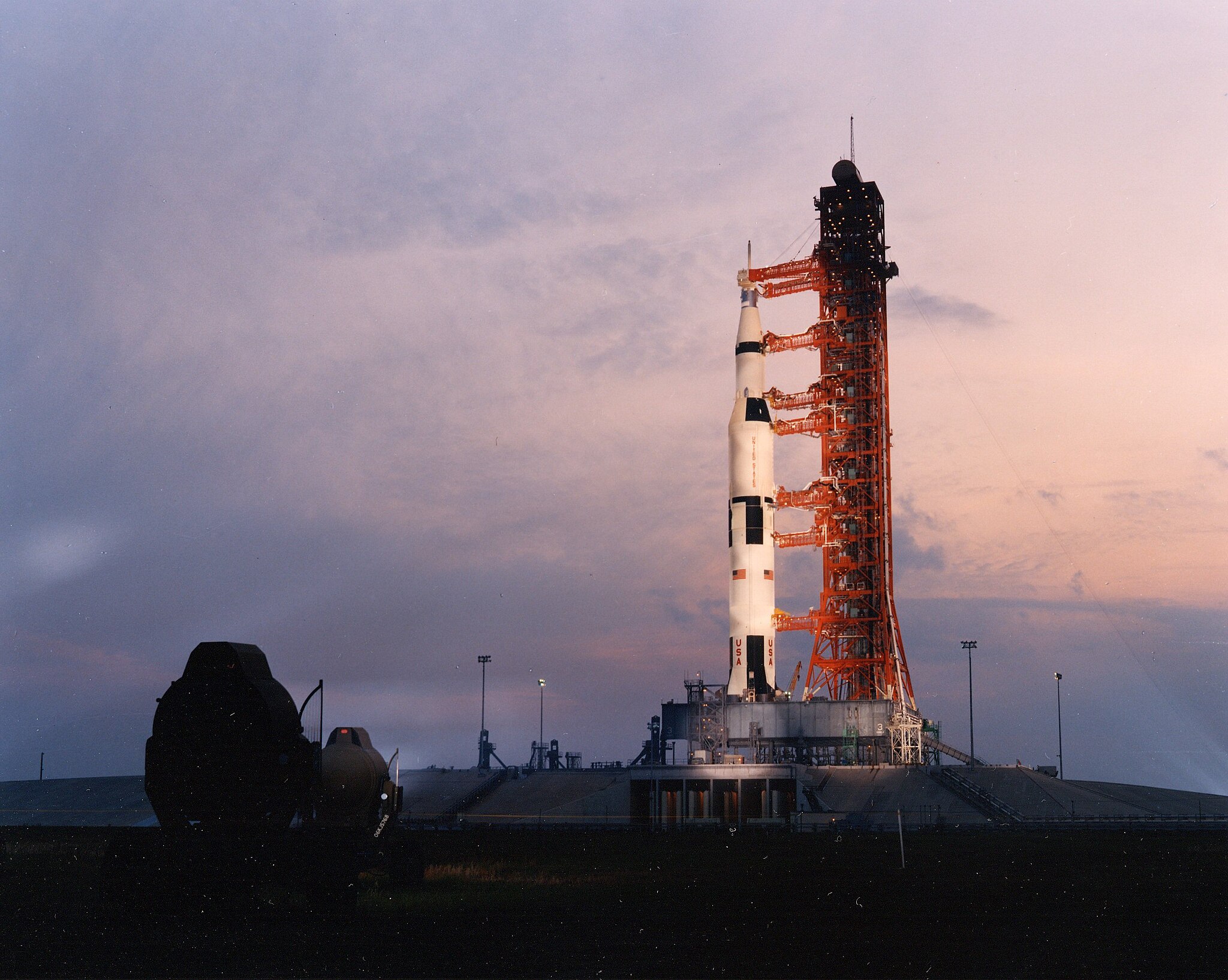Introduction
Water is one of the most essential substances for life as we know it. It is not only crucial for the existence of life on Earth, but scientists have long been fascinated by the possibility of water on other celestial bodies in our solar system. One of the questions that has intrigued researchers for many years is whether or not the Moon has water.
The Early Belief: Moon is Dry
For decades, the prevailing belief among scientists was that the Moon was completely devoid of any significant amounts of water. The Moon was thought to be a dry and desolate place, with no liquid water on its surface. This notion was largely based on the samples brought back by the Apollo missions in the late 1960s and early 1970s, which showed no evidence of water.
Recent Discoveries: Water on the Lunar Surface
However, in recent years, our understanding of the Moon’s water content has changed dramatically. In 2009, NASA’s Lunar Crater Observation and Sensing Satellite (LCROSS) mission made a groundbreaking discovery – the presence of water ice on the lunar surface.
The LCROSS mission involved crashing a spacecraft into a permanently shadowed crater near the Moon’s south pole. The impact created a plume of debris, which was analyzed by instruments on board the spacecraft. Spectroscopic data from the mission revealed the unmistakable signature of water molecules in the plume.
The Source of Lunar Water
So, where does the Moon’s water come from? There are several theories about the origin of lunar water. One possibility is that it was delivered by comets or asteroids that collided with the Moon throughout its history. Another theory suggests that the water could have been produced by chemical reactions between solar wind protons and the oxygen-rich minerals in the Moon’s rocks.
Additionally, recent research indicates that water molecules could also be embedded within the Moon’s soil, trapped in the form of a glassy substance known as lunar regolith.
The Significance of Lunar Water
The discovery of water on the Moon has significant implications for future space exploration. Water is a precious resource in space, as it can be broken down into its constituent elements, hydrogen and oxygen, to provide valuable resources for life support, fuel, and oxygen generation.
Furthermore, water could potentially be used for sustaining future lunar habitats or as a launchpad for deeper space exploration. Instead of having to transport water from Earth, astronauts could potentially extract and utilize the water resources available on the Moon.
Future Missions
The recent discoveries of lunar water have sparked a renewed interest in exploring the Moon and further investigating its water content. NASA’s Artemis program, which aims to return humans to the Moon by 2024, includes plans to study and utilize lunar resources, including water.
Other space agencies and private companies are also planning their own missions to the Moon to investigate its water resources. These missions will help scientists gain a better understanding of the quantity, distribution, and accessibility of lunar water.
Conclusion
While the Moon was once believed to be a dry and waterless celestial body, recent discoveries have shattered that notion. The presence of water on the lunar surface opens up exciting possibilities for future space exploration and colonization. Water on the Moon could potentially serve as a vital resource for sustaining human presence and furthering our understanding of the universe.








